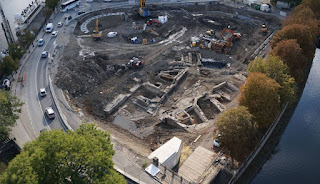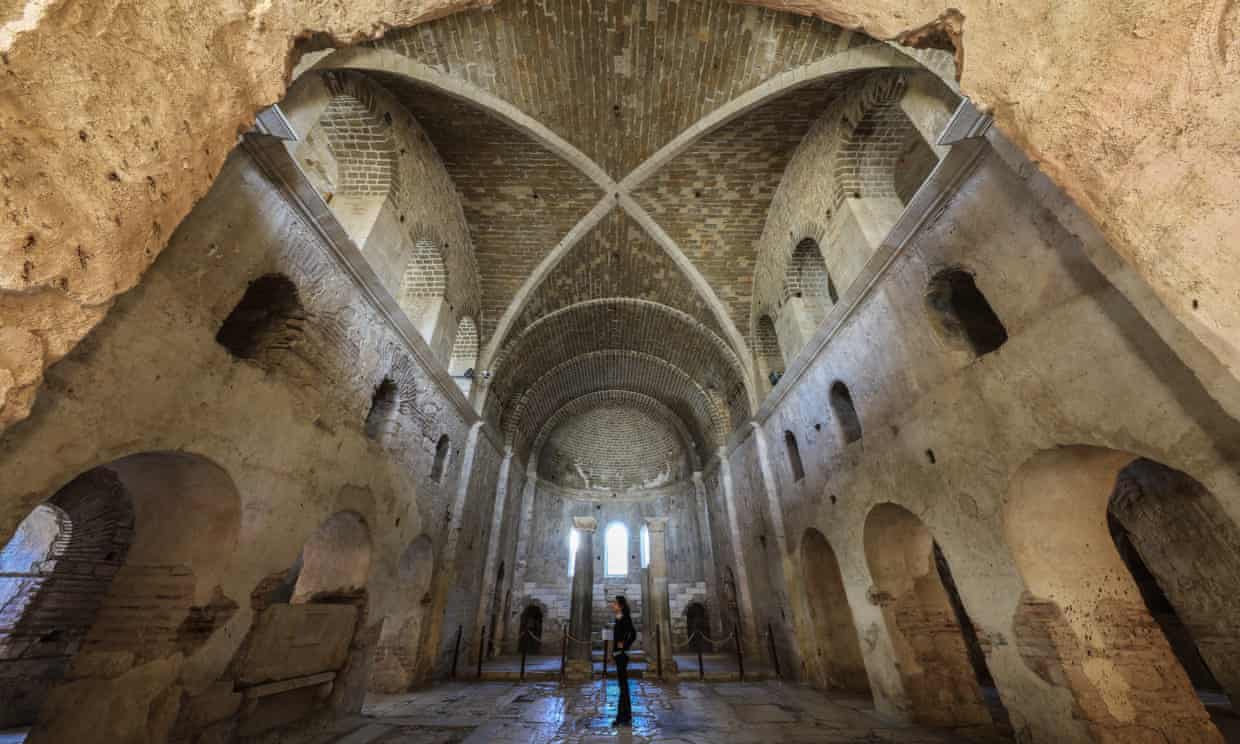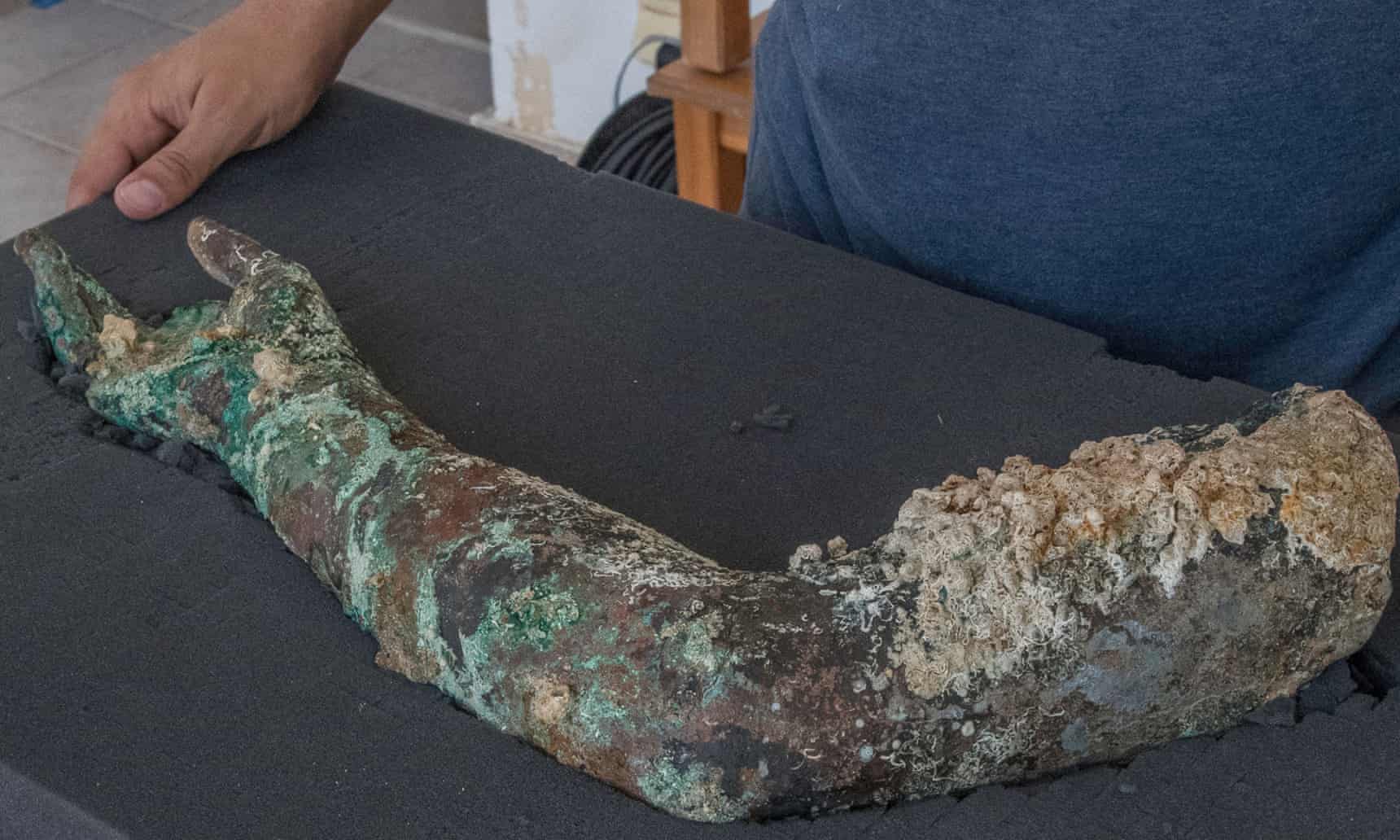ICELANDIC “SLÁTUR” A Scottish butcher argues the Scottish national dish, Haggis, was originally brought to Scotland by Vikings, making it a descendant of the Viking delicacy still eaten in Iceland, slátur. Photo/Arnþór Birkisson.
ICELANDIC “SLÁTUR” A Scottish butcher argues the Scottish national dish, Haggis, was originally brought to Scotland by Vikings, making it a descendant of the Viking delicacy still eaten in Iceland, slátur. Photo/Arnþór Birkisson.
A Scottish butcher who has spent the past few years researching Haggis recipes argues it dates back to the Viking invaders of the British Isles the UK newspaper The Telegraph reports. The paper argues the research of award-winning Scottish butcher Joe Callaghan, who has spent the last three years studying haggis shows “Scotland’s national dish is an ‘imposter’… invented by Vikings”. Callaghan also argues the original Scottish ingredient is deer, not sheep.
The "natonal dish of Scotand", invented by Vikings
Haggis is a dish very similar to the Icelandic delicacy slátur: A sausage made by stuffing a sheep's stomach with diced innards of sheep, liver as well as lungs and heart, mixed with a oatmeal, onion, pieces of sheep suet (solid white fat) as well as seasoning. Haggis is considered the “national dish” of Scotland, occupying an important place in Scottish culture and national identity.
Read the rest of this article...


















